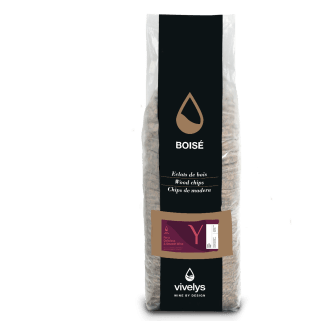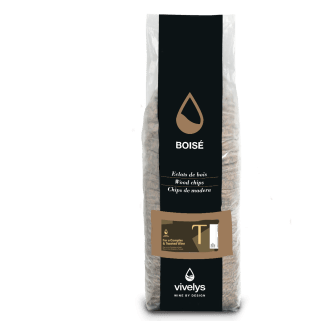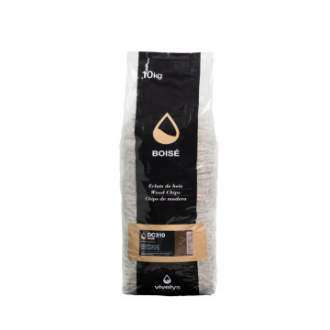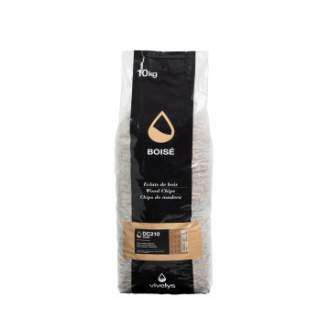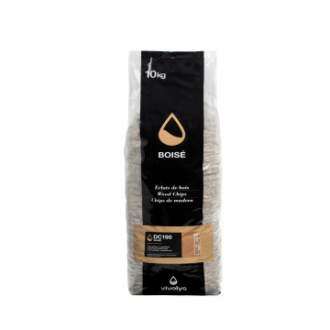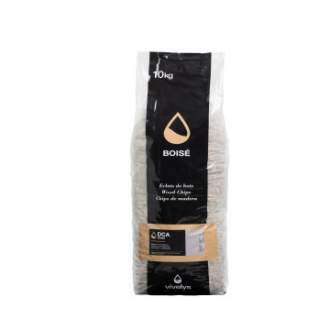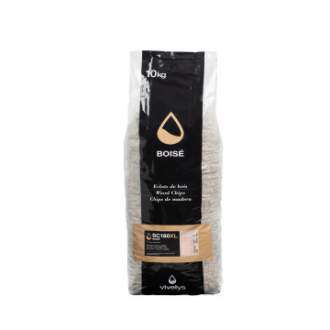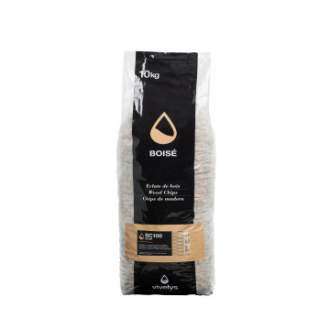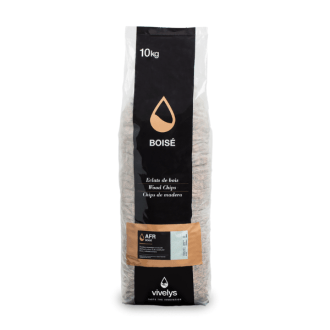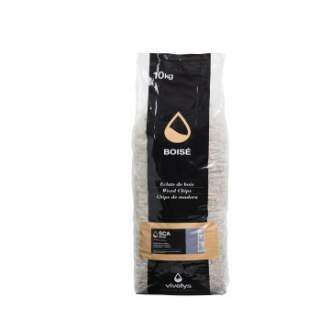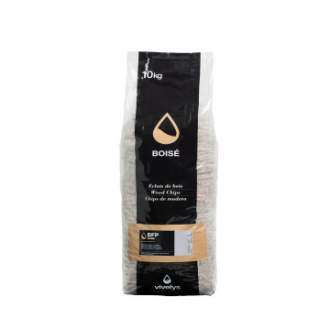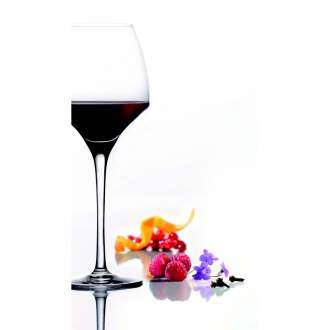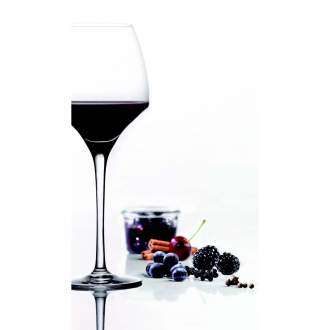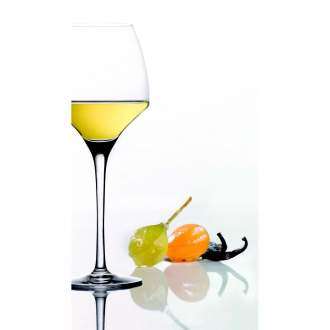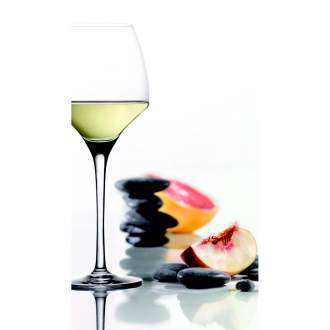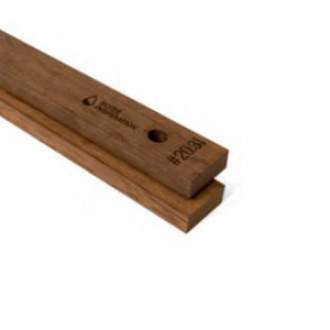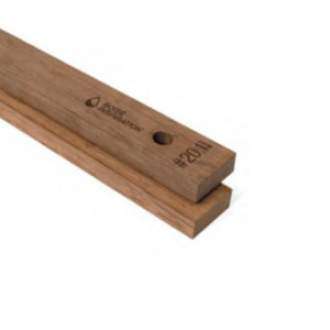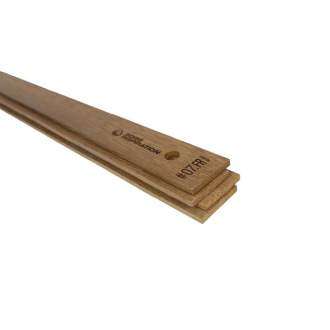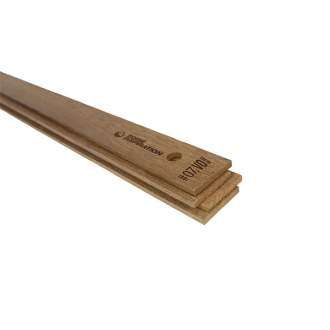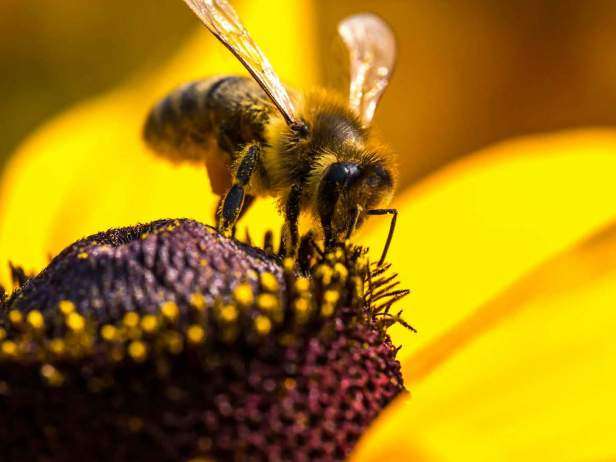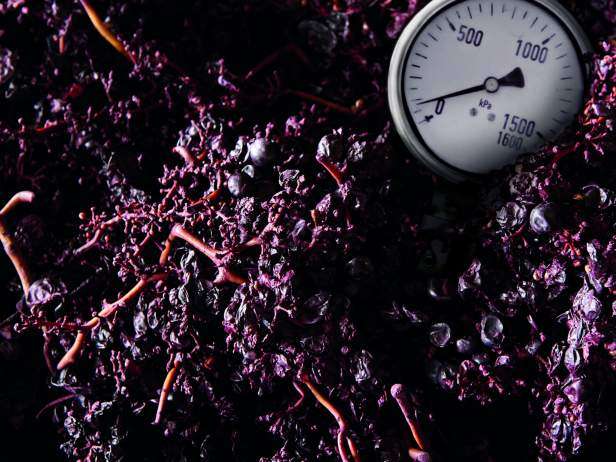Profiled
Clarification and oak
Clarification
In certain wine profiles during fermentation you can start to build the stability of your wine.
In white wines it may be an appropriate time to achieve protein stability and adjust the polyphenol content.
In rosé wines, you can also adjust the color and stabilize its tone, eliminating unstable anthocyanins and excess polyphenols that are a driver of oxidation.
Bentonites, yeast proteins, vegetable proteins and some specific polymers, allow these touch-ups with less impact on the aromatic fraction than the same treatments made in finished wine.
Oak
Oak is a natural enhancer of the expression of the wine. During the fermentation phase, chips, sticks and staves are powerful design tools which, due to their precision, allow you to target various aspects of your wine quickly, fruit, freshness, sweetness, complexity, structure, persistance, etc? What does your wine need?
In the mouth, the aim is usually to increase the volume, which can work in 3 areas depending on the balance of your wine: structure, sweetness and aromatic intensity. The ellagic tannins of the oak add structure and persistance in the mouth. In addition, oak rich in tannins contributes to stabilization of the color and improved expression of the wine to balance its redox status. The more intense the toasting, the fewer tannins are present. Sweetness can be found in the polysaccharides and lactones of slightly toasted woods, or in the degradation compounds of lignins in the most toasted oak, with which you can also sweeten without structuring if you work with chips with low tannin content.
On the nose, oak can solve different challenges: enhance the fruit, ripen or refresh it, mask the vegetal or simply integrate it to keep the dimension fresh, increase complexity, or intensity.
The perception and maturity of the fruit can be increased by the lactones of the untoasted oak. Some volatiles such as eugenol or β-ionone, naturally present in oak, provide a sensation of freshness. The different compounds that are formed according to the intensity of toasting, in addition to their own odorant character, have different effects on the fruit and the expression of the wine. Vanillins, for example, increase the sensation of fruit, integrate the vegetal and open the wines; furfural and other compounds from the heavy toasting help to mask the vegetal, refresh the fruit and close the wine a little. Other furans derived from hemicelluloses give aromas of nuts and roasted fruits.
A precise range of chips and staves allows you to work on all of these objectives during fermentation, together or each separately. You tell us what you need from your wine and our experts will help you achieve it.
Other related topics
Yeasts
To transform must into wine completely and safely, to express the typicality and aromatic potential of the grape, or create it when it is scarce.
More informationNutrition
Yeasts are no different, and they need NH4 + at the beginning of fermentation to multiply and reach the appropriate population (100 to 120 million/ml), oxygen and amino nitrogen (peptides and amino acids) at the time of maximum activity and then detoxifying (bark yeast) to finish well.
More informationPiloting
The success and organoleptic return from the AF are a direct function of the management of the fermentation parameters. Yeasts, native and selected, adapt the metabolism to implant in the medium as well as possible.
More information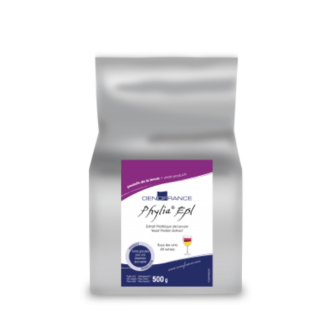
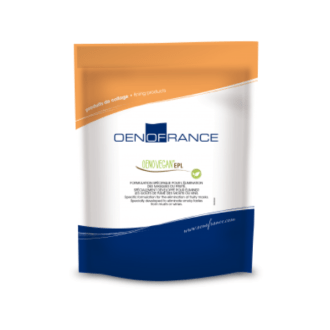
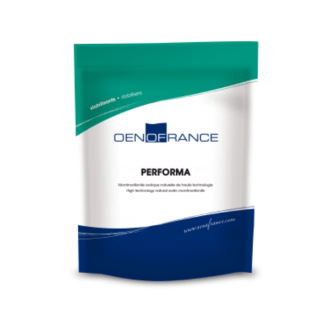
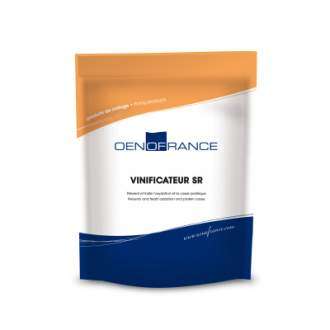
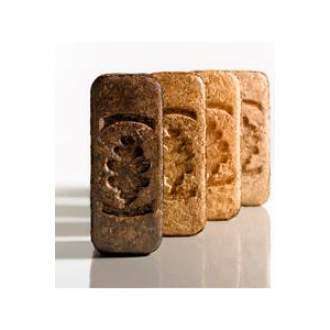
![Oenofirst Rosé[s]](/sites/default/files/styles/productos_listado/public/productos/imagenes/OENOFIRST-ROSES--236113.jpg?itok=FnnCTVzN)
